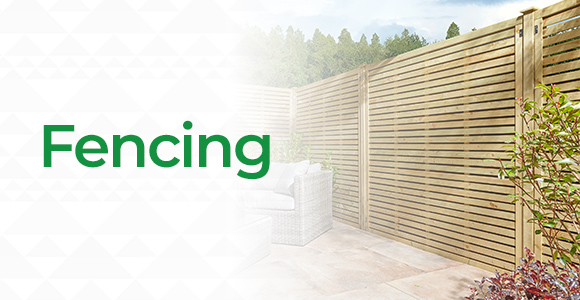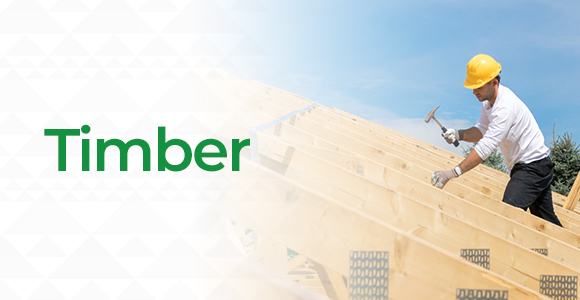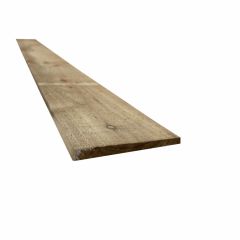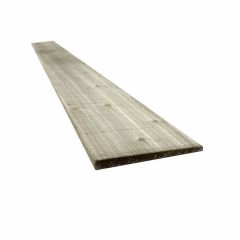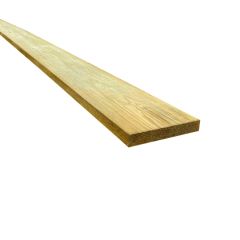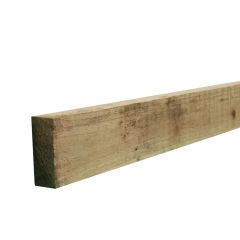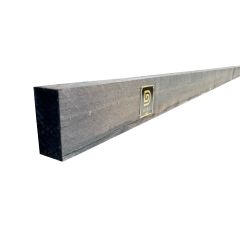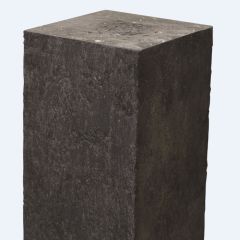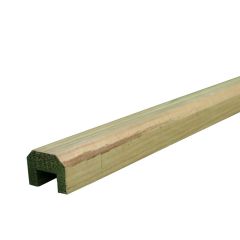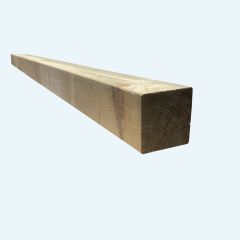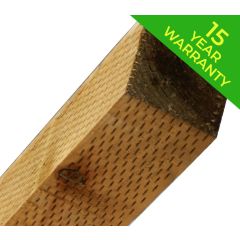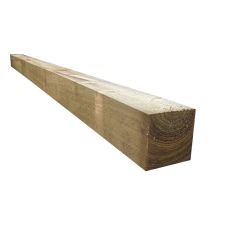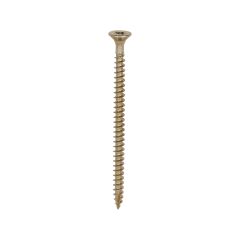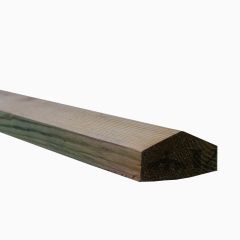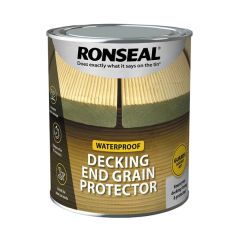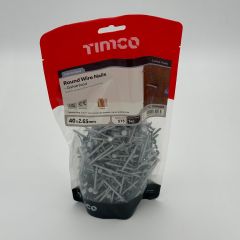Featheredge
Feather edge fencing is a popular fencing option. These fences are constructed using overlapping vertical timber boards that have been taper-sawned from one edge to the other.
Versatile featheredge boards and fences
Feather edge fences provide security and privacy. We recommend 100mm x 100mm square treated fence posts, spaced at 1.8 metre intervals with 38mm x 88mm rails. As a rule of thumb the maximum fence height, without applying for planning permission 2.0 metres.Our most popular fence materials purchases normally include 2.4 metre fence posts to allow post-holes of 450mm-600mm.
Our featheredge boards (aka slats) start at 1.05 metres and then at 1.2, 1.65, 1.8 and 2.4 metre heights, ideal for fencing applications. The longer lengths of 3.0m, 3.6m and 4.8m are intended for cladding field shelters and garden buildings.
Most featheredge boards are now 150mm width but we have stocked 125mm boards in the past. Tradesmen normally allow a 25mm overlap on feather edge boards. Fencing installations need a minimum of 8 boards per metre for 150mm slats. Allow a further 5-10% for waste.
Featheredge timber products
Timber capping is available in rebated or flat-bottomed profile. Both profiles enhance fence appearance and protect the tops of the feather boards. Further protection can be obtained by fitting a ‘gravel board’ at the fence bottom.
Other essential products include quick- setting Postcrete, End Grain Protector (preservative) and post sleeves – available from our Devon yard or by ordering online.
We also offer feather edge fence posts, feather edge timber capping, and sawn timber gravel boards.



